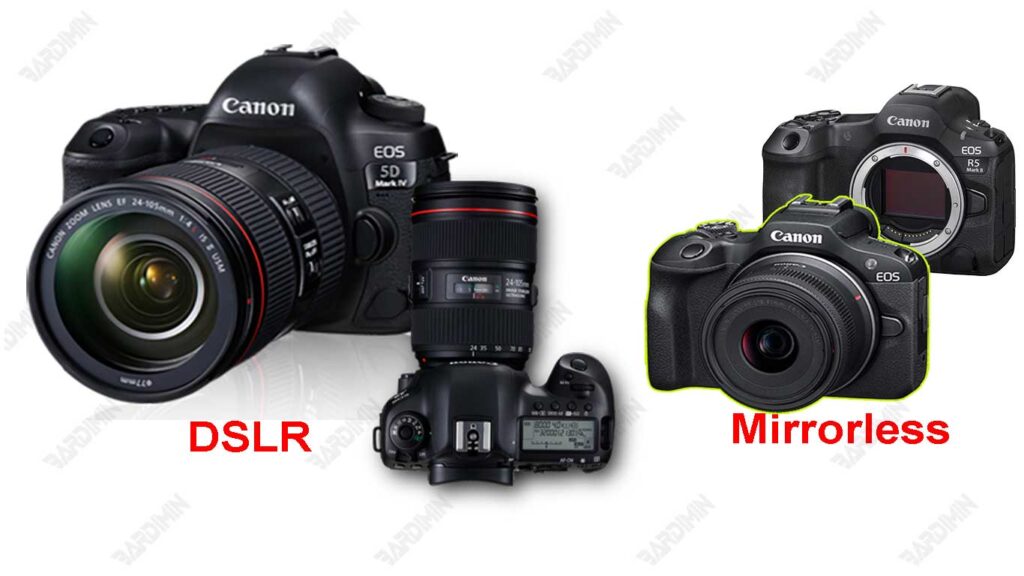Disadvantages of Bridge Cameras (Prosumer)
1. Image Quality Not as High as System Cameras
Bridge cameras provide more control and features, but the quality of the images produced is still below system cameras such as DSLR or Mirrorless. This is due to the smaller sensor size on bridge cameras.
2. Lens Cannot Be Replaced
One of the main drawbacks of bridge cameras is that the lenses are not replaceable. You don’t have the option to change lenses like on system cameras, reducing flexibility in a variety of shooting conditions.
3. Larger Size Than Compact Cameras
Although smaller than system cameras, bridge cameras are still larger and heavier compared to compact cameras. This can be an obstacle if you are looking for convenience in carrying a camera.
4. Poor Battery Life
With the use of an electronic viewfinder (EVF) and a large LCD screen, bridge cameras tend to consume more power. This means that you may need to have a spare battery ready if you plan to shoot for a long time.
d. System Camera
A system camera is a type of digital camera that allows users to switch lenses as needed, providing more flexibility compared to compact cameras or bridge cameras. This camera is often used by professional photographers and serious enthusiasts because it has a larger sensor, complete manual controls, as well as support for various accessories such as an external flash, microphone, and additional grips.
Why are camera systems more flexible?
System cameras offer greater flexibility in photography. With the ability to switch lenses, users can choose from a variety of lens types such as wide-angle, telephoto, and macro, which are suitable for a variety of photography styles such as portrait, landscape, and sports. Additionally, system cameras are typically equipped with larger sensors, such as APS-C or Full Frame, which produce sharper, better-quality images, especially in low-light conditions, as well as providing a more natural bokeh effect.
The camera also supports a variety of professional accessories, such as an external flash and microphone, which can improve the quality of photos and videos. With a complete manual mode, photographers can set ISO, shutter speed, and aperture with high precision. Finally, many of the latest models of system cameras now offer the ability to record high-resolution videos, ranging from 4K to 8K, and are equipped with improved image stabilization features, making them an excellent choice for videography.

Category Camera System: DSLR vs Mirrorless
System cameras are divided into two main categories, namely DSLR (Digital Single-Lens Reflex) and Mirrorless (Tanpa Cermin).
| Feature | DSLR | Mirrorless |
| Design & Weight | Larger & heavier due to the presence of mirrors and pentaprisms. | It is smaller, lighter, and more compact because it does not have a mirror system. |
| Viewfinder | Optical Viewfinder (OVF) – viewing the image directly from the lens through a mirror. | Electronic Viewfinder (EVF) / LCD – viewing the digital image from the sensor. |
| Autofocus Speed | Fast autofocus in bright and low-light conditions. | Fast autofocus especially in videos and moving subjects ( Eye-Tracking AF technology is more advanced). |
| Battery Life | It is more durable because it does not rely on electronic screens. | It is more wasteful because it always uses a screen or EVF. |
| Lenses & Accessories | More lens options, as DSLR systems are longer developed. | Mirrorless lenses are becoming more and more modern, some models support adapters for DSLR lenses. |
| Video | Good, but often loses to Mirrorless in features like continuous autofocus. | It is superior, especially in 4K/8K video quality, high frame rate, and image stabilization. |
